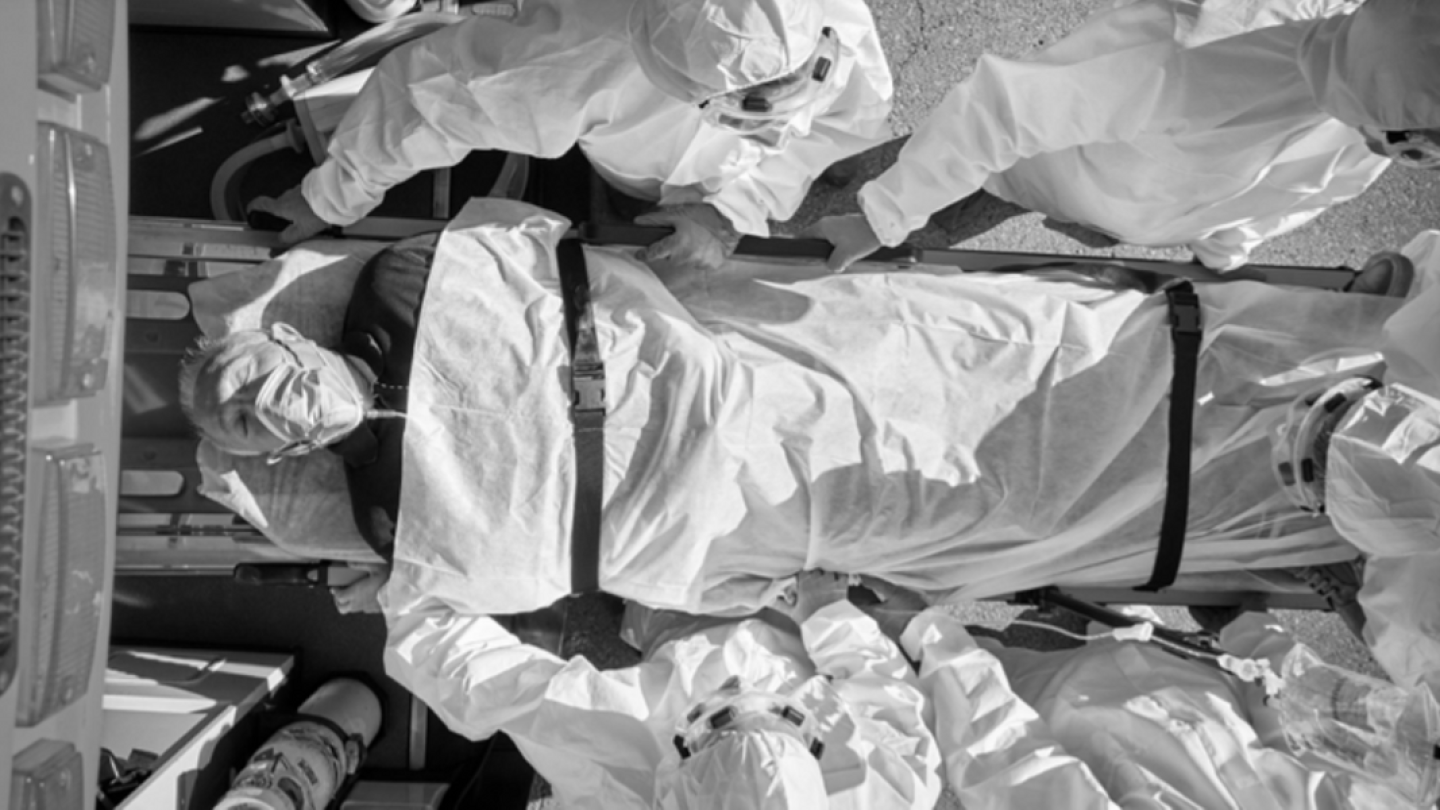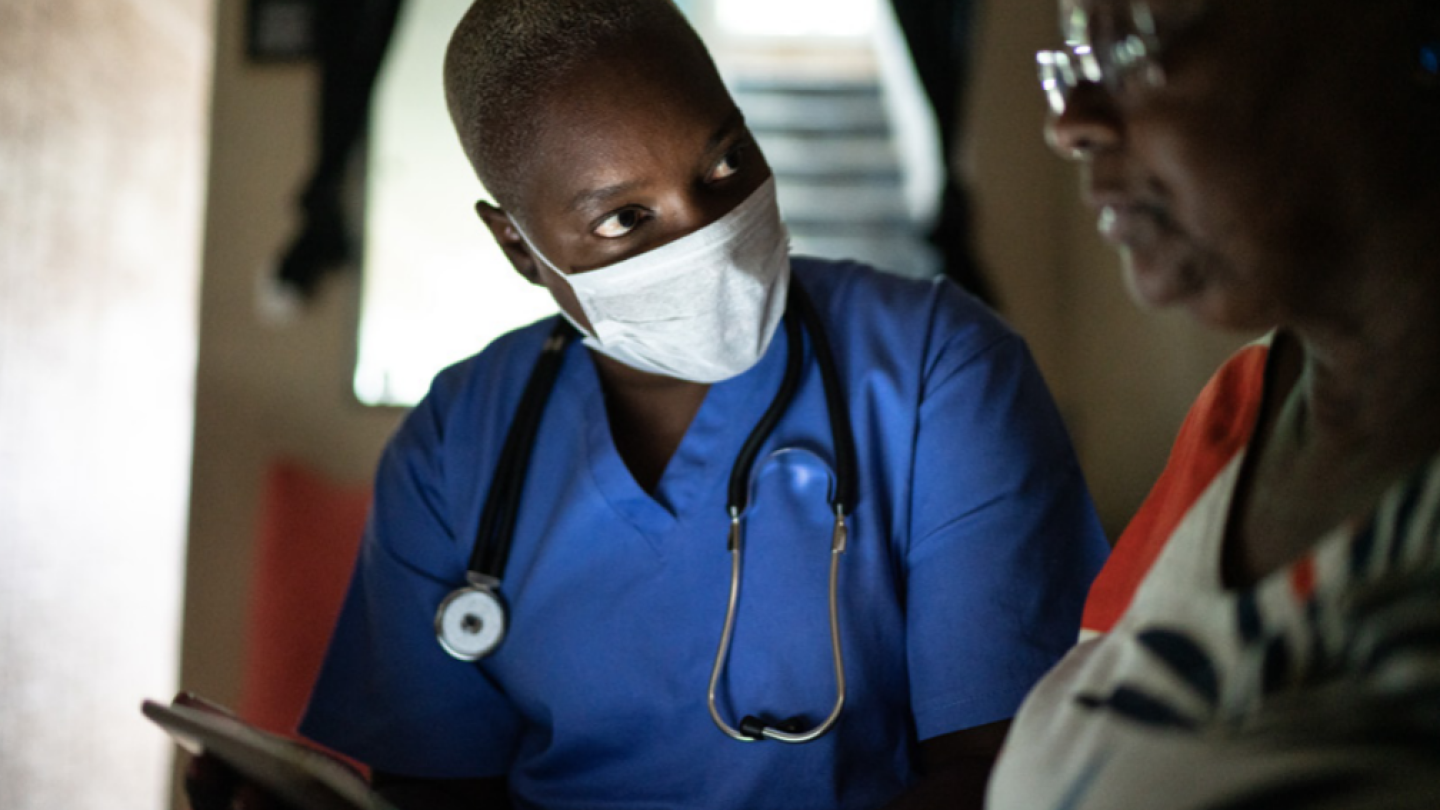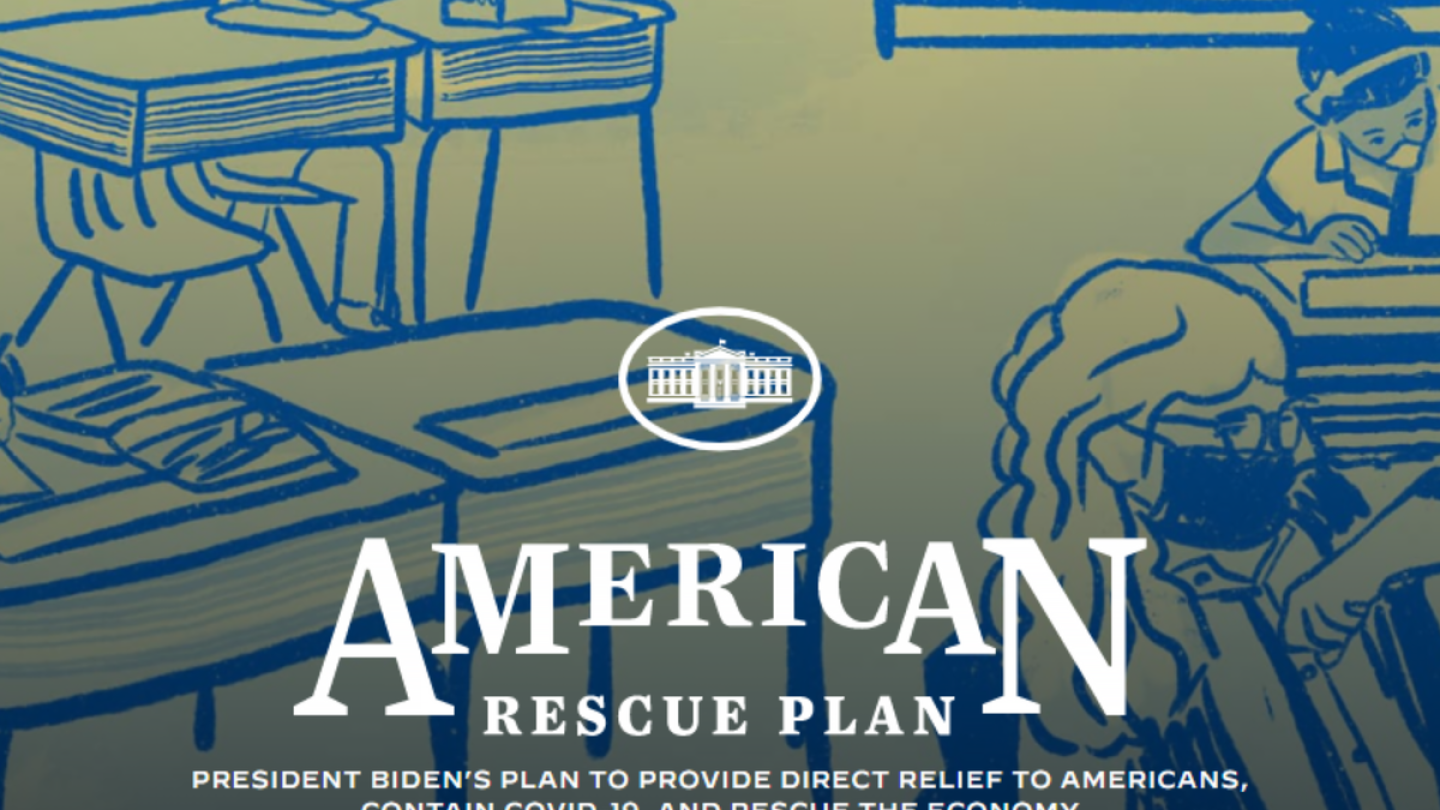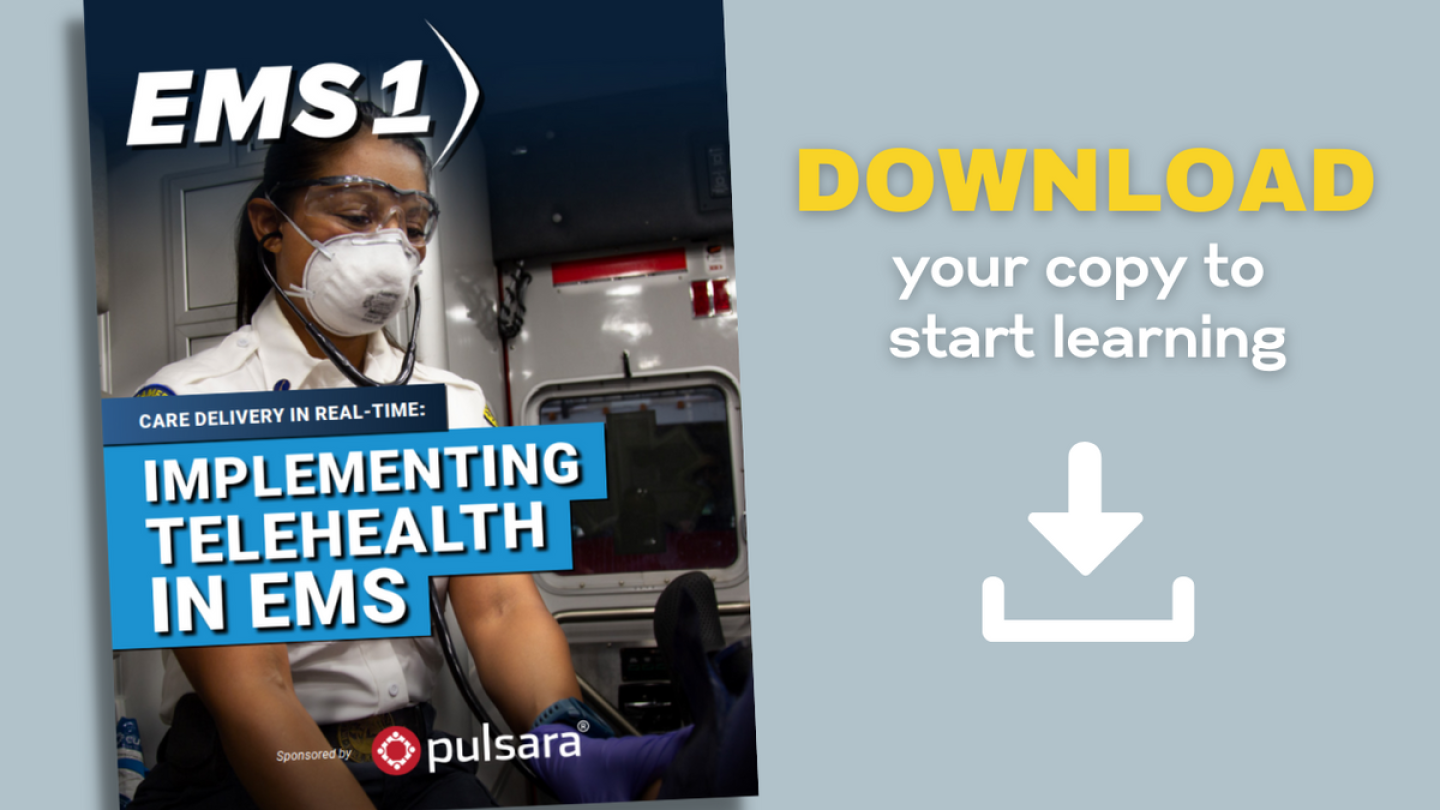Care delivery in real-time: Implementing telehealth in EMS
As EMS sheds its perceived role as a transportation service, telehealth enables treat-and-refer or treat-in-place delivery models. Connecting patients to advanced levels of care in the field empowers EMS providers to provide the right level of intervention at the right time, and to transport patients to the best destination, saving them time and money, and limiting the demand on hospitals and healthcare resources.
This series will examine the technology needed to implement telehealth and the virtual training EMS providers need to make it effective for individual patients and scalable for the population.
Communication applications, tech allow real-time feedback on critically ill patients; enable error-insulated hospital reporting
Engaging payers, the medical director, administrators and field providers was key to MedStar’s successful telehealth implementation
Learn where to find willing partners and payers for an EMS telehealth navigation program
Grant programs and relief funding to support telemedicine initiatives, technology and training offer continued financial assistance to eligible agencies
“ER on demand” seeks to cut down on emergency department trips and offer convenient, affordable patient care
South Carolina researchers found that door-to-treatment time was cut by 18 minutes with in-ambulance telehealth consultation
Cities and counties will receive $130 billion in aid for COVID-19 response
Connecting patients to advanced levels of care to provide the right level of intervention at the right time, in the right place
Breaking down the National EMS Assessment 2020 insights on telehealth, health information exchange and disaster preparedness
Telehealth applications can reduce unnecessary exposure and better utilize EMS resources
The CARES Act Includes $200 million for eligible health providers to ensure connected care services for their patients during the COVID-19 pandemic
The feasibility of a telehealth program within a large EMS system highlights progress in matching healthcare resources with patient needs
MOST POPULAR
- EMS by the numbers: Where we need to go next
- Medical direction: Stepping up the ladder
- Quick-Take: Building a sustainable economic model for an EMS telehealth program
- Study: In-ambulance telehealth consultation leads to faster stroke treatment
- Article Bites: Measuring the impact of a telehealth program on ambulance transports















